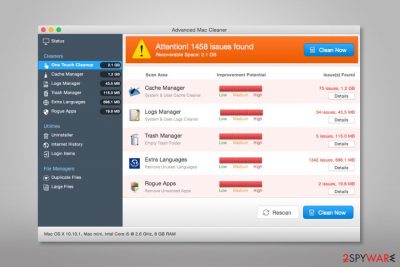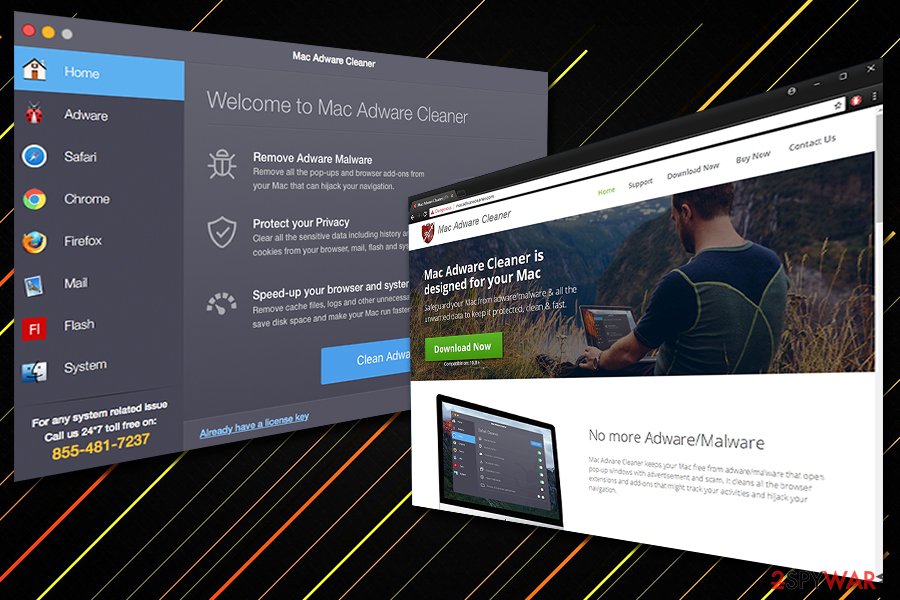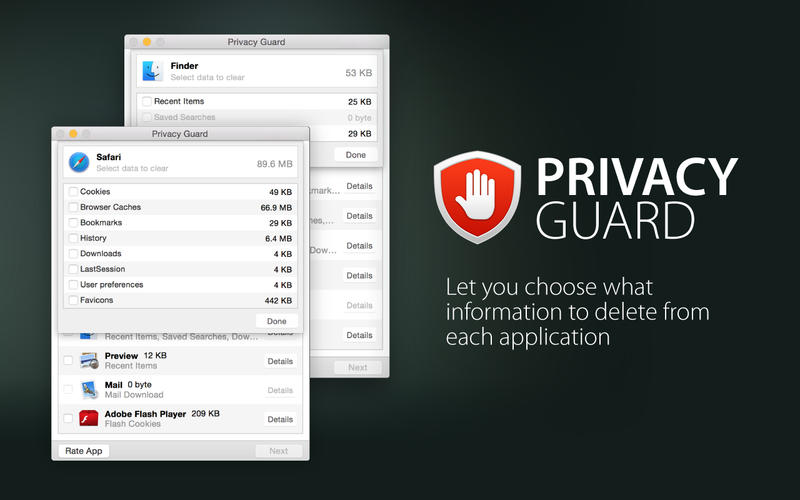

#Erase mac adware cleaner macbook pro software
Others continue to experience performance issues even after purging the malicious software from their Macs. There are several viruses that are so persistent that they can survive a factory reset and reformat of the drive.įor example, some Mac users reported being plagued by the M圜ouponize adware on Safari even though the device has been reset. But even this does not guarantee that your system will be 100% clean. There are also viruses that infect computer-related hardware such as routers, phones, and printers, which are quick to spread and difficult to get rid of completely.ĭoing a factory reset might seem like a good idea if your Mac is infected.

#Erase mac adware cleaner macbook pro windows
Some are harder to deal with, such as bootkits which infect the boot sectors of your Mac and viruses that target your Mac’s Extensible Firmware Interface or EFI (equivalent to BIOS in Windows OS).

It depends on what virus or malware your Mac is infected with.Ĭommon malware and viruses can be easily removed by antivirus applications. About Outbyte, uninstall instructions, EULA, Privacy Policy.Ĭan a virus survive a factory reset on Mac? The answer is Yes and No. This is a question Mac users have been wondering about for a long time.

Some Mac users go as far as resetting their computer to their factory settings to get rid of the virus. You need to do a deep clean of your computer to make sure that all malicious software is completely removed from your system. Running an antivirus software is not enough to get rid of these pesky viruses and malware. The malware only needs a few seconds to attack the extensible firmware interface of the infected Mac during boot up, and the device will remain infected even if the hard drive is wiped clean and the macOS is reinstalled. In 2015, researchers created Thunderstrike 2, a firmware worm that is almost impossible to detect and get rid of. In fact, some researchers have specially created a malware to prove that macOS is not omnipotent. These attacks prove that even macOS can also be vulnerable to phishing scams, trojan horses, and online fraud. Last year’s snooping malware called OSX/Mami, which spied on the infected computer’s internet traffic.The OSX.Proton in 2017, which took advantage of a vulnerability in the macOS Keychain app.The OSX/KitM.A virus, which took screenshots of the affected computer’s desktop and uploaded them to several websites.The >Flashback malware, which affected more than 600,000 Macs in 2012.Virus attacks targeting macOS have been reported over the years, proving that Apple products aren’t immune to malicious software infections. However, we now know that this is not true. Most Mac users used to believe that the macOS is safe from viruses and malware that commonly affect other operating systems.


 0 kommentar(er)
0 kommentar(er)
